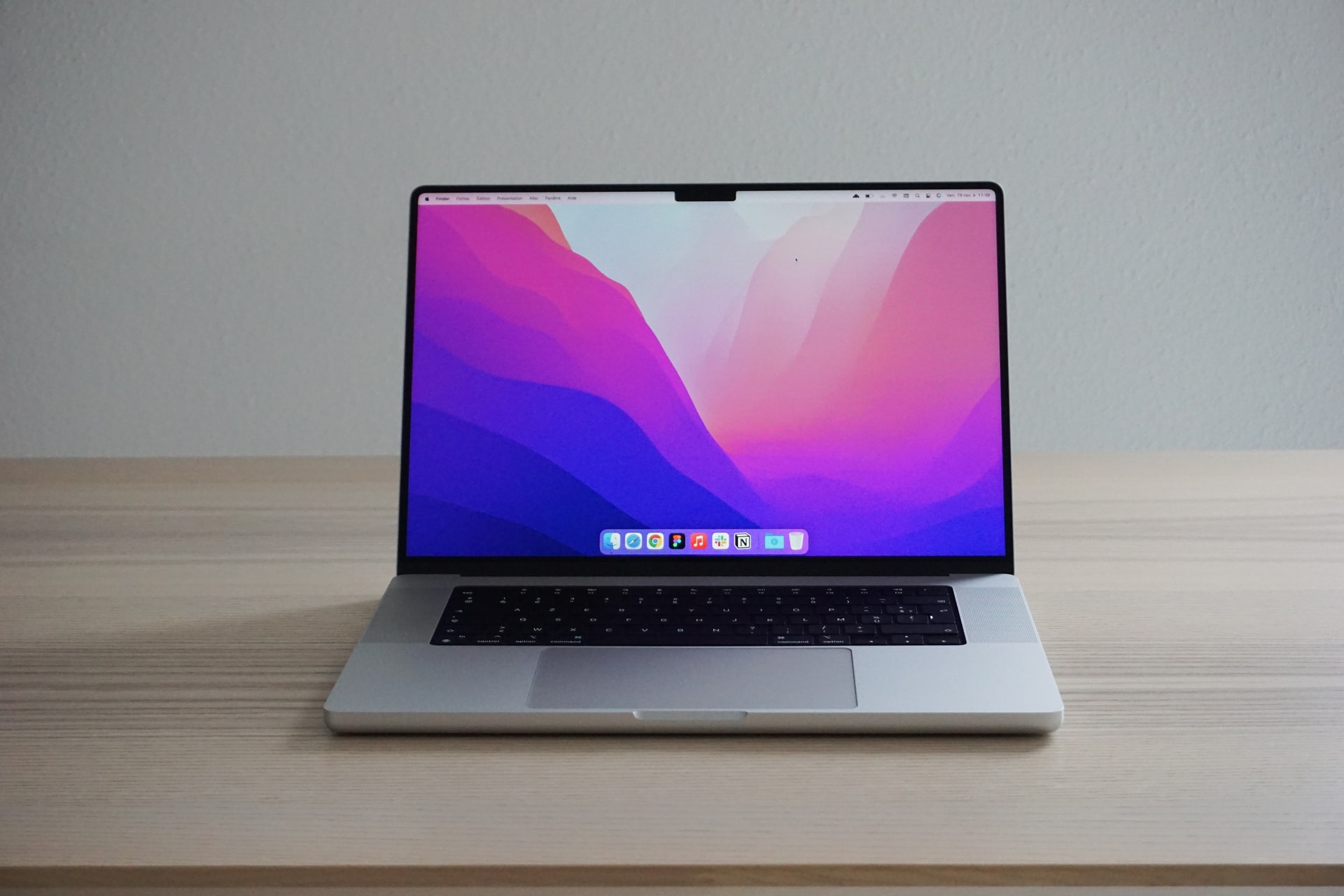Although the MacBook Pro M1’s architecture prevents it from overheating, most customers have had a different experience.
Overheating is characterised by the spinning up of fans, sluggish performance, and, in rare situations, physical damage to components.
So, what is the best course of action? To begin, you must first determine why your Macbook Pro is overheating. Second, determine the best solution for each problem.

Why does the MacBook Pro M1 Overheat?
1. Overworking the Mac
When the CPU is under a lot of strain, it will overheat. When you have your browser and a video editing app open, for example, you will notice your Macbook slowing down.
Running a lot of processes on your Macbook causes it to struggle and overheat. This is by far the most common cause of overheating.
2. When the ambient temperature is high
The MacBook Pro M1 is built to tolerate a variety of temperatures. Extremely high temperatures, on the other hand, can ruin your Macbook.
Exposing your MacBook to direct sunlight might shorten its battery life and cause it to overheat. For this reason, Apple suggests using your device in temperatures ranging from 10 to 35 degrees Celsius.
3. Poor ventilation
Most of us are guilty of working on our laptops when snuggled under a warm blanket in bed. This frequently obstructs the correct flow of air into and out of the chassis. Because no warm air is able to escape, your gadget will gradually overheat.
Also: 5 Must-Have Gaming Accessories for Mac and MacBook
4. Malware in your Macbook
When malware infects your Macbook, it initiates a number of intense activities that cause it to overheat. Adware, backdoors, browser hijackers, and other types of malware are all possible.
5. Unresponsive and frozen apps
Apps have a tendency to freeze. Your Macbook will spend a lot of CPU to try to wake up the unresponsive programme when this happens. As a result, the processor becomes overheated.
What Actions to Take if Your MacBook M1 Pro is Overheating
The solution to use will be determined by the above-mentioned causing reason. As previously stated, overworking your CPU is the primary culprit, and we’ll go over this in more detail in the next part.
1. Check the usage of the CPU
When you discover your Macbook Pro is overheating, this is the first thing you should do.
Follow the steps below to get started:
- Open the Activity Monitor (Applications>Utilities)
- Click on the CPU tab
You’ll then see a breakdown of all the apps and processes, with the most intensive and least intensive processes clearly marked.
- To quit the most intensive app, select the app and then tick the ‘X’ button
- Confirm the action to quit the app button.
- Confirm to quit the app.
- Close all the browser Tabs Not in Use
Close any tabs that aren’t being used to limit the amount of open tabs taking CPU cycles.
Instead, you can save the web sites as bookmarks to make retrieval quicker.
2. Manage Login Items
Login items are apps that start automatically when you turn on your Macbook.
You may not be aware that these login things are open and operating in the background as a user.
However, because of the increased background activity, these activities can cause your Mac to overheat.
Follow the steps below to manage the login items
- Click Menu then System Preferences
- Click Users & Groups
- Select the Login Items tab
You will see all the apps that open automatically when you start your Macbook.
- To remove an app, click the “—” button and you are done
- Close all the Active Unused Apps
These apps still use some CPU cycles, consequently slowing things down.
Here are quick steps to follow:
- Press Option>Command> Escape
A window appears, showing all the active apps
- Tick the app(s) you want to close
- Select Force Quit and you are done.
Closing the apps will lighten the load on the CPU.
3. Avoid placing your Macbook in direct sunlight
Remove your Macbook from direct sunlight as soon as possible. Place it in a cooler location. To avoid impeding the ventilation pathways, set it on a hard surface rather than your lap.
Related: The Latest Apple MacBook Pro Review: Is It Worth The Upgrade?
4. Clean your device physically
This is to clear any dust that may have accumulated in the fan ducts. You can clean your device with compressed air from a can.
Follow these steps to get there:
To access the vents, remove the bottom panel of your Macbook.
Compress the air and spray it into the vents.
Wipe away all dust and dirt using a microfiber cloth.
Replace the bottom panel.
5. Perform Software Updates regularly
Overheating issues can also be caused by software faults, which can be resolved by updating your macOS software.
Here are some quick methods to upgrading your Macbook:
- Go to Menu> About This Mac
- Select Software Update
- If there is an update available, tick Update Now.
6. Unplug all unnecessary peripherals
External hard discs that draw electricity from your Mac are the most common. By removing these external devices, you can reduce the strain on your Mac’s battery and, as a result, the cause of overheating.
7. Reduce malware and bugs
Malware and backdoor trojans can overheat your computer by performing background activities without your knowledge. To avoid this, use any excellent anti-virus software on your Macbook that protects against all dangerous threats.

Leave a Reply